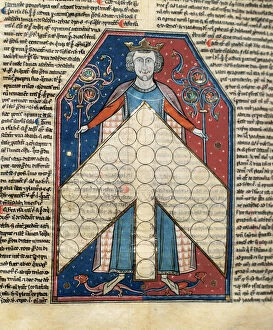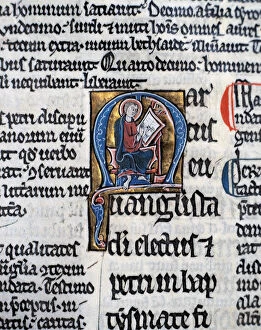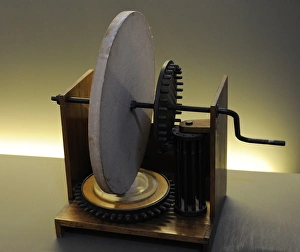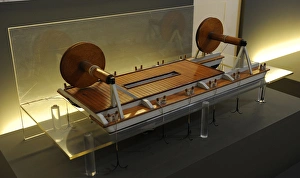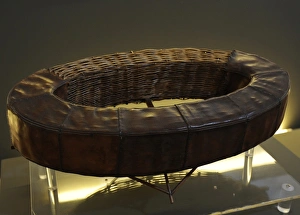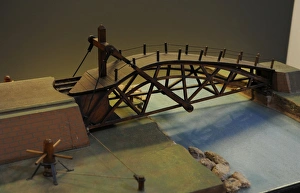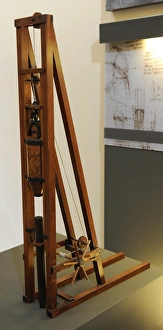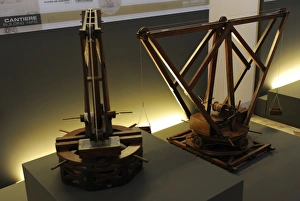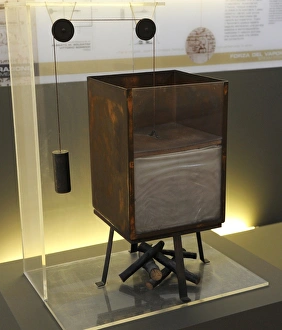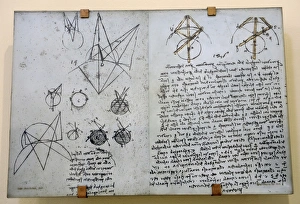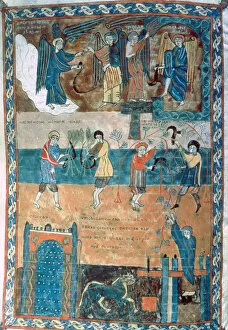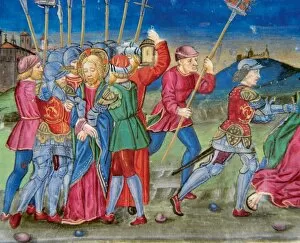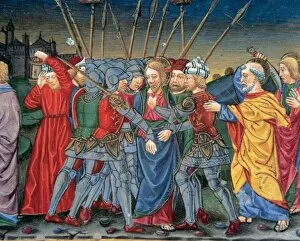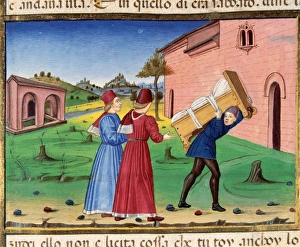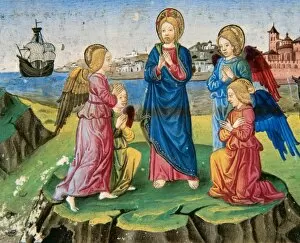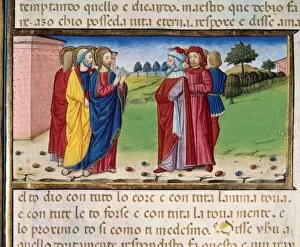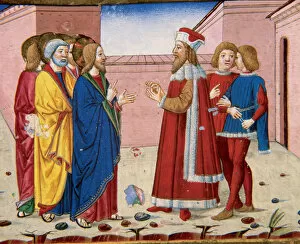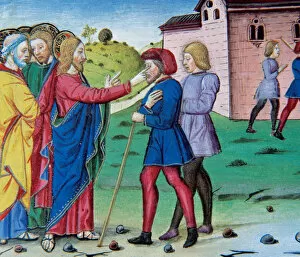Codex Collection (page 8)
Codex, a term steeped in historical significance and cultural richness, encompasses a wide array of ancient manuscripts that offer glimpses into the past
All Professionally Made to Order for Quick Shipping
Codex, a term steeped in historical significance and cultural richness, encompasses a wide array of ancient manuscripts that offer glimpses into the past. From the Codex Troano, an enigmatic Mayan document believed to contain astronomical knowledge, to the Aztec Codex Borbonicus meticulously penned by an Aztec priest, these codices hold secrets waiting to be unraveled. Intriguingly, Ramon Llull's Breviculum Codex captivates with its miniature illustrations and is hailed as a testament to his intellectual prowess during the 13th century. Meanwhile, the mesmerizing Codex Borgia unveils Mesoamerican rituals and divinatory practices that were integral to their civilization. The Dresden Codex stands as one of four surviving Maya codices and offers invaluable insights into their advanced understanding of astronomy. On another note, the Codex Sinaiticus Syriacus dating back to the 5th century holds religious significance within the Monastery of St Catherine on Mount Sinai. Delving further into history reveals fascinating depictions such as those found in Folio of Usages showcasing Catalan parliamentary proceedings or Basil II's Bulgar-slayer moniker immortalized in Byzantine records. The bustling Market in Gate of Ravenna depicted in Bologna highlights street traders' vibrant livelihoods through time. Legal enthusiasts find solace in Corpus Iuris Civilis while art aficionados marvel at Falconer's work showcased in the illustrious Codex Capodilista from 1442. And finally, we encounter Trocortesian or Madrid Codex from XIV century which enthralls with intricate details that transport us back centuries ago. These diverse codices serve as portals connecting us with our ancestors' wisdom and heritage. They remind us that behind each page lies untold stories waiting for curious minds willing to decipher their hidden messages.

